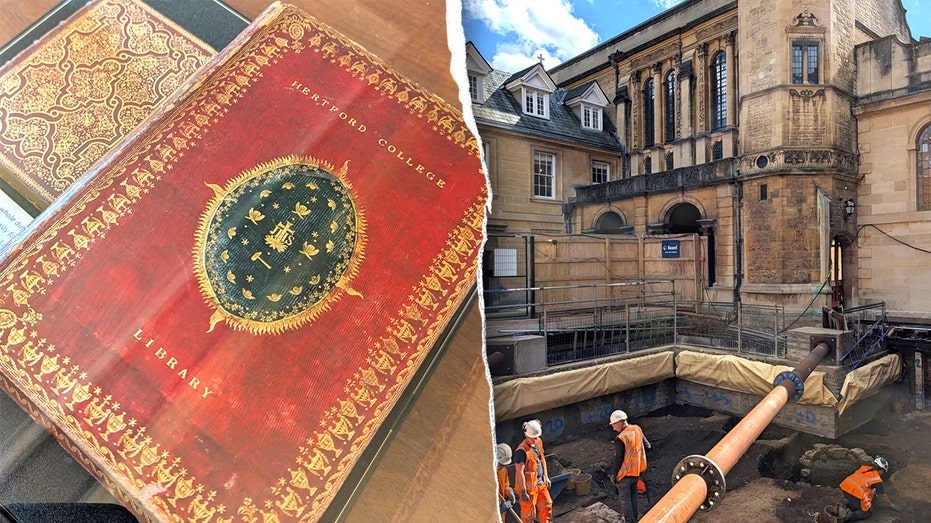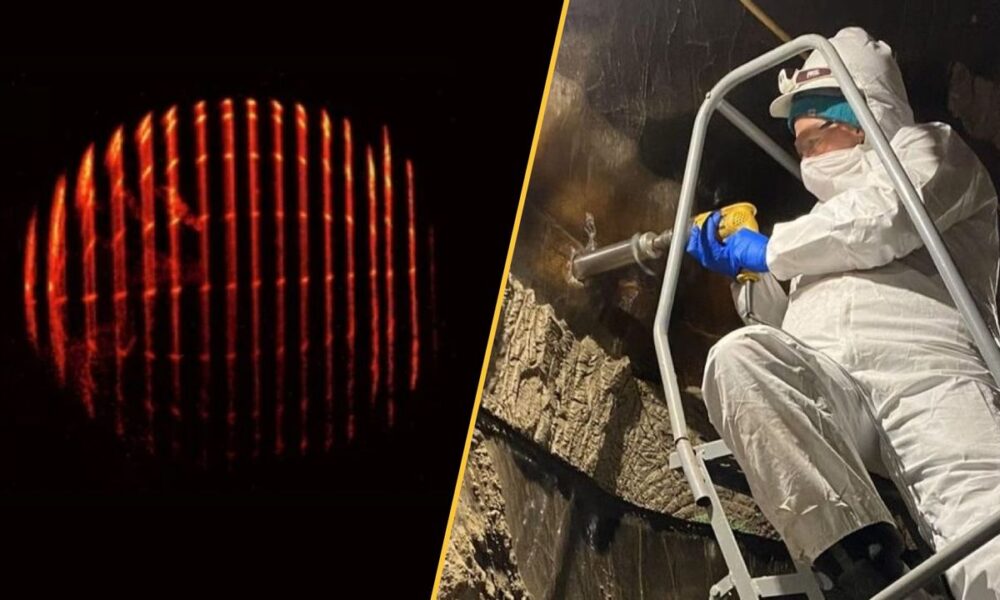Researchers at Oxford University have made significant archaeological discoveries beneath Hertford College, revealing the remains of three medieval academic halls. This excavation, prompted by construction work for a new library, has uncovered artifacts dating back to the Middle Ages, offering fresh insights into student life during that era.
Excavations began in 2024 and focused on the areas associated with Hart Hall, Black Hall, and Catte Hall, all of which predated the college’s 1874 refounding. Notably, Hart Hall originated in the 1280s, marking it as a site of considerable historical importance. The findings, displayed during an open day in September, span a remarkable timeline from the Norman Conquest in 1066 to the 19th century.
Among the discoveries were ancient book clasps for securing manuscripts, as well as styli, which served as the medieval counterparts to modern pens. Archaeologists also found rubbish pits containing various food waste, including animal bones and oyster shells. Interestingly, analysis revealed that the fish remains were imported from the River Thames, located approximately 50 miles away.
In addition to food-related artifacts, excavators unearthed remnants of medieval trade, including coins and trade tokens, alongside personal items such as combs and clothing buckles. Clay pipes and drinking vessels, along with unique wooden bowling balls used for early lawn games, were also part of the trove.
The standout artifact from the excavation is a remarkably preserved reading stone, believed to be made of either rock crystal or glass. This tool was used by scholars to magnify the words of medieval manuscripts, enhancing reading clarity. Ben Ford, senior project manager at Oxford Archaeology, hailed the reading stone as “an exceptional find,” noting its intact condition and continued relevance for its original purpose.
Ford remarked, “It seems very fitting that the construction of the new library has revealed such interesting evidence of historic book-making activities.” The discoveries not only highlight the educational practices of the time but also reflect a vibrant trading and social environment.
The public unveiling of these medieval finds highlights the ongoing significance of archaeological work in the United Kingdom, a country rich in history. Similar noteworthy discoveries have occurred throughout the region, including evidence of a prehistoric village found earlier this year in Scotland and an extensive Roman settlement located in the Cotswolds.
As the excavation at Hertford College continues, the insights gathered promise to deepen our understanding of medieval life and the evolution of education in one of the world’s most prestigious universities. This project underscores the vital connection between historical scholarship and modern educational development, offering a glimpse into the past that enriches the present.







